DihydroactinidiolideCAS# 17092-92-1 |

- Dihydroactindiolide
Catalog No.:BCX1528
CAS No.:15356-74-8
Quality Control & MSDS
3D structure
Package In Stock
Number of papers citing our products
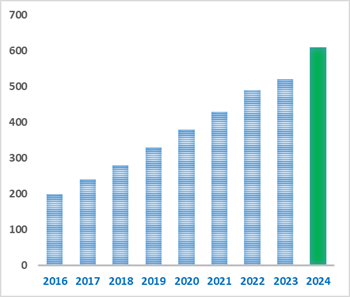
| Cas No. | 17092-92-1 | SDF | Download SDF |
| PubChem ID | 27209 | Appearance | Powder |
| Formula | C11H16O2 | M.Wt | 180.25 |
| Type of Compound | Sesquiterpenoids | Storage | Desiccate at -20°C |
| Solubility | Soluble in Chloroform,Dichloromethane,Ethyl Acetate,DMSO,Acetone,etc. | ||
| Chemical Name | 4,4,7a-trimethyl-6,7-dihydro-5H-1-benzofuran-2-one | ||
| SMILES | CC1(CCCC2(C1=CC(=O)O2)C)C | ||
| Standard InChIKey | IMKHDCBNRDRUEB-UHFFFAOYSA-N | ||
| Standard InChI | InChI=1S/C11H16O2/c1-10(2)5-4-6-11(3)8(10)7-9(12)13-11/h7H,4-6H2,1-3H3 | ||
| General tips | For obtaining a higher solubility , please warm the tube at 37 ℃ and shake it in the ultrasonic bath for a while.Stock solution can be stored below -20℃ for several months. We recommend that you prepare and use the solution on the same day. However, if the test schedule requires, the stock solutions can be prepared in advance, and the stock solution must be sealed and stored below -20℃. In general, the stock solution can be kept for several months. Before use, we recommend that you leave the vial at room temperature for at least an hour before opening it. |
||
| About Packaging | 1. The packaging of the product may be reversed during transportation, cause the high purity compounds to adhere to the neck or cap of the vial.Take the vail out of its packaging and shake gently until the compounds fall to the bottom of the vial. 2. For liquid products, please centrifuge at 500xg to gather the liquid to the bottom of the vial. 3. Try to avoid loss or contamination during the experiment. |
||
| Shipping Condition | Packaging according to customer requirements(5mg, 10mg, 20mg and more). Ship via FedEx, DHL, UPS, EMS or other couriers with RT, or blue ice upon request. | ||
| Description | 1. Dihydroactinidiolide, a high light-induced β-carotene derivative that can regulate gene expression and photoacclimation in Arabidopsis. 2. Dihydroactinidiolide has shown to be a potent phytotoxin at low concentration. 3. Dihydroactinidiolide may have interesting potential anticancer activity. |

Dihydroactinidiolide Dilution Calculator

Dihydroactinidiolide Molarity Calculator
| 1 mg | 5 mg | 10 mg | 20 mg | 25 mg | |
| 1 mM | 5.5479 mL | 27.7393 mL | 55.4785 mL | 110.957 mL | 138.6963 mL |
| 5 mM | 1.1096 mL | 5.5479 mL | 11.0957 mL | 22.1914 mL | 27.7393 mL |
| 10 mM | 0.5548 mL | 2.7739 mL | 5.5479 mL | 11.0957 mL | 13.8696 mL |
| 50 mM | 0.111 mL | 0.5548 mL | 1.1096 mL | 2.2191 mL | 2.7739 mL |
| 100 mM | 0.0555 mL | 0.2774 mL | 0.5548 mL | 1.1096 mL | 1.387 mL |
| * Note: If you are in the process of experiment, it's necessary to make the dilution ratios of the samples. The dilution data above is only for reference. Normally, it's can get a better solubility within lower of Concentrations. | |||||

Calcutta University

University of Minnesota

University of Maryland School of Medicine

University of Illinois at Chicago

The Ohio State University
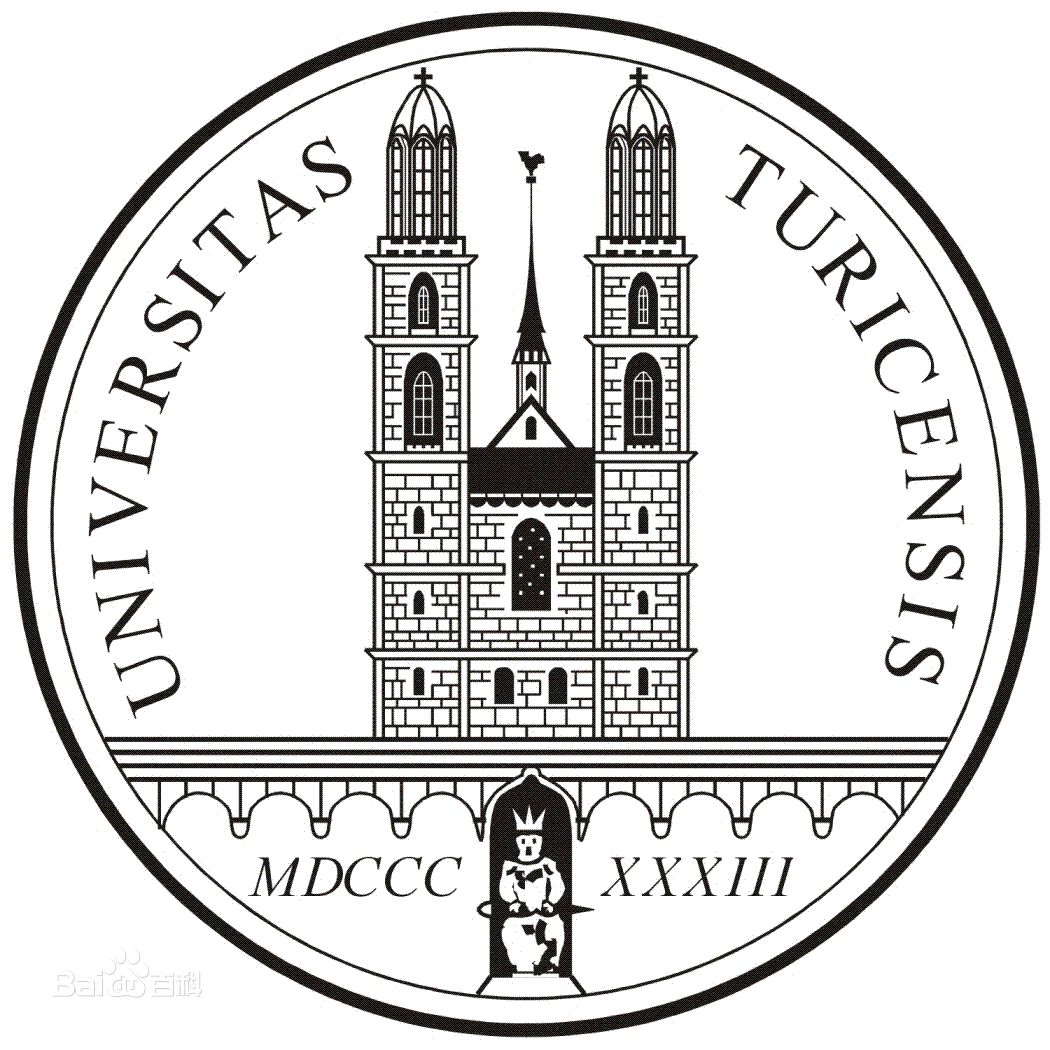
University of Zurich

Harvard University

Colorado State University
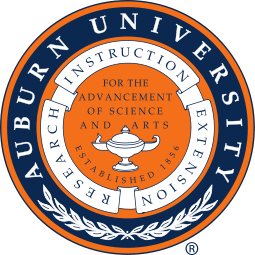
Auburn University

Yale University

Worcester Polytechnic Institute

Washington State University

Stanford University

University of Leipzig
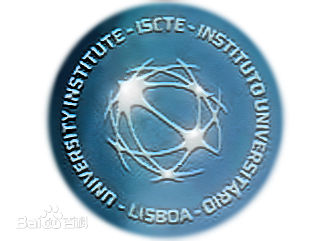
Universidade da Beira Interior
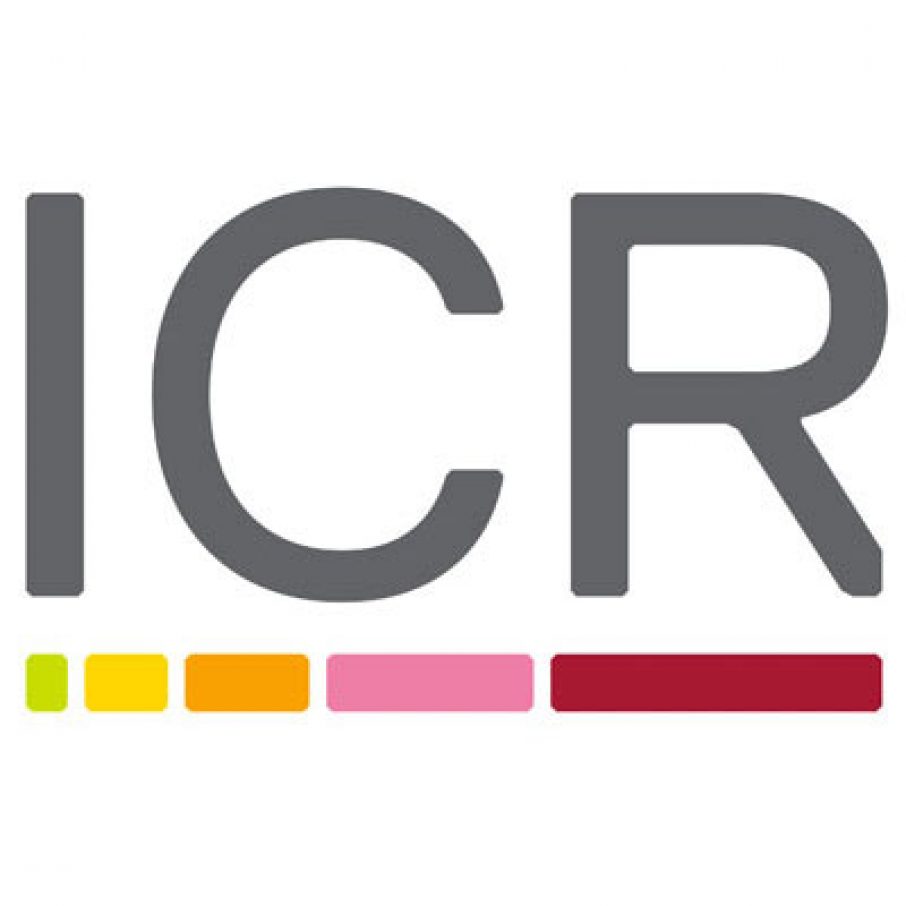
The Institute of Cancer Research
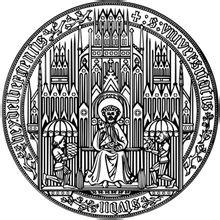
Heidelberg University

University of Amsterdam

University of Auckland

TsingHua University

The University of Michigan

Miami University

DRURY University
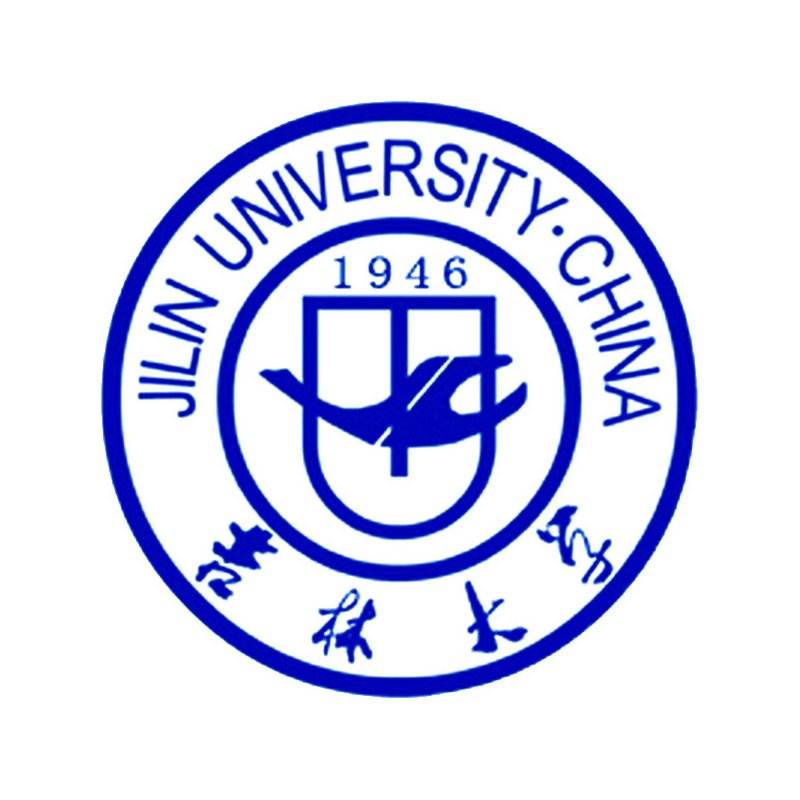
Jilin University

Fudan University

Wuhan University

Sun Yat-sen University

Universite de Paris

Deemed University

Auckland University

The University of Tokyo

Korea University
- Donitriptan hydrochloride
Catalog No.:BCC7742
CAS No.:170911-68-9
- Aburatubolactam A
Catalog No.:BCN1821
CAS No.:170894-24-3
- Persianone
Catalog No.:BCN7359
CAS No.:170894-20-9
- Cyasterone
Catalog No.:BCN5416
CAS No.:17086-76-9
- Sonepiprazole
Catalog No.:BCC7879
CAS No.:170858-33-0
- PNU 96415E
Catalog No.:BCC7467
CAS No.:170856-41-4
- (RS)-APICA
Catalog No.:BCC6925
CAS No.:170847-18-4
- E4CPG
Catalog No.:BCC6888
CAS No.:170846-89-6
- CHPG
Catalog No.:BCC6910
CAS No.:170846-74-9
- Astressin
Catalog No.:BCC5790
CAS No.:170809-51-5
- Trityl candesartan cilexetil
Catalog No.:BCC9188
CAS No.:170791-09-0
- Aprepitant
Catalog No.:BCC1101
CAS No.:170729-80-3
- Tetrindole mesylate
Catalog No.:BCC6763
CAS No.:170964-68-8
- EGLU
Catalog No.:BCC6871
CAS No.:170984-72-2
- H-Ser(tBu)-OMe.HCl
Catalog No.:BCC3033
CAS No.:17114-97-5
- PD 158780
Catalog No.:BCC7434
CAS No.:171179-06-9
- N-Methylquipazine dimaleate
Catalog No.:BCC6697
CAS No.:171205-17-7
- Posaconazole
Catalog No.:BCC1103
CAS No.:171228-49-2
- TAPI-1
Catalog No.:BCC5400
CAS No.:171235-71-5
- (RS)-AMPA hydrobromide
Catalog No.:BCC6926
CAS No.:171259-81-7
- Delphinidin-3-O-arabinoside chloride
Catalog No.:BCN3021
CAS No.:171370-55-1
- Ethyl 4-hydroxyphenylacetate
Catalog No.:BCN3792
CAS No.:17138-28-2
- Calcium Gluceptate
Catalog No.:BCC3743
CAS No.:17140-60-2
- Otophylloside B 4'''-O-alpha-L-cymaropyranoside
Catalog No.:BCN7511
CAS No.:171422-82-5
Antiproliferative and cytotoxic effects on malignant melanoma cells of essential oils from the aerial parts of Genista sessilifolia and G. tinctoria.[Pubmed:20734956]
Nat Prod Commun. 2010 Jul;5(7):1127-32.
Genista species (family Leguminosae) show interesting biological properties. In this paper we describe the biological activity of the essential oils extracted from the aerial parts of G. sessilifolia DC. and G. tinctoria L. against M14 human melanoma cells, testing several biochemical parameters, such as cell vitality, cell membrane integrity and genomic DNA fragmentation. In addition, we report for the first time the study of the composition of the essential oil obtained from G. tinctoria. The most abundant components of the oil were carbonylic compounds such as (E)-beta-ionone (9.1%), Dihydroactinidiolide (7.3%), nonanal (5.1%) and hexahydrofarnesylacetone (4.3%). The essential oils from aerial parts of both G. sessilifolia and G. tinctoria showed interesting potential anticancer activity, suggesting the presence of active compounds.


